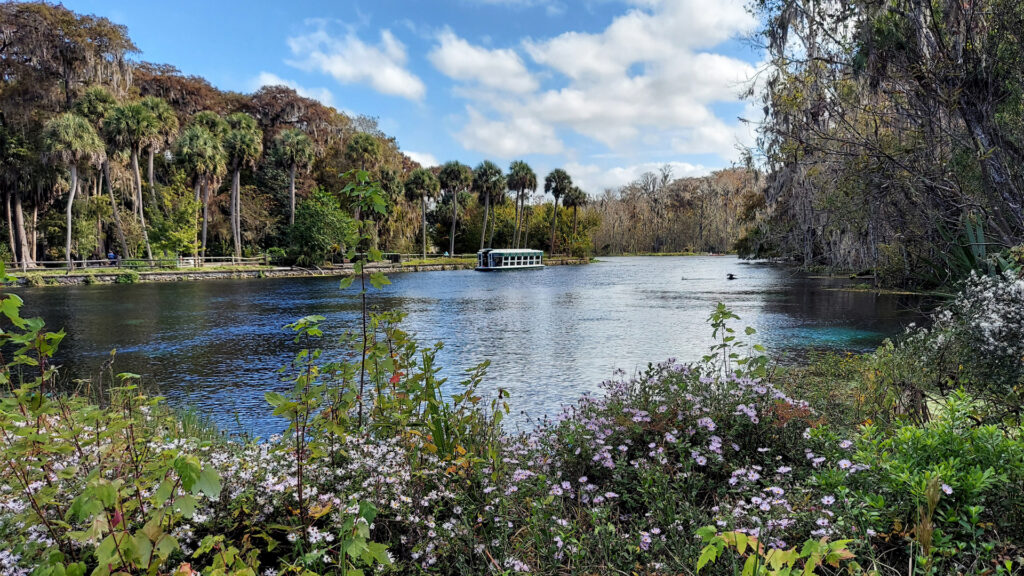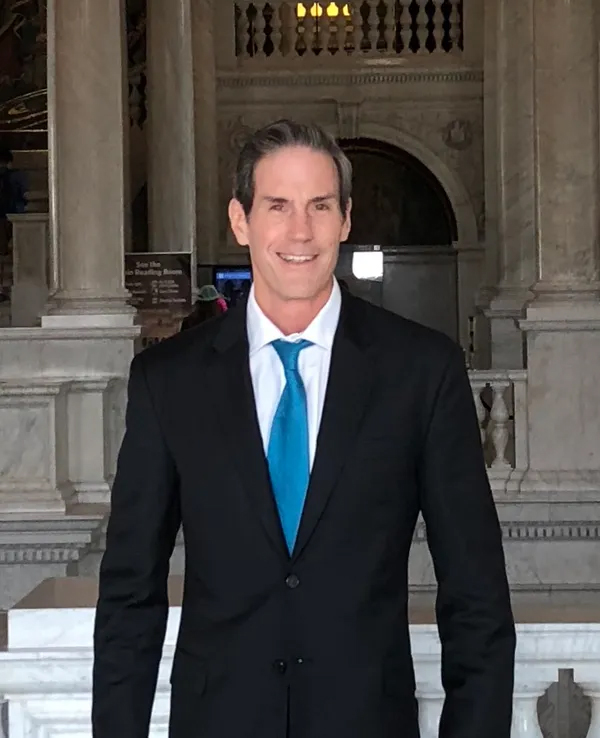By William McQuilkin, retired U.S. Navy rear admiral
There is an old sign at Silver Springs, arguably the most famous artesian spring in the world, that reads, “Speak Up For Springs.” I intend to do just that.
Silver Springs is one of the most beautiful places that I have visited. I was always fascinated by the crystal blue waters welling forth from below, this dance of water and light, the interconnected world of underground rivers beneath the bow of the boat.
But Florida is also the “Land of a Thousand Springs.” Florida is unique in that it is home to the largest concentration of freshwater springs in the world. There really is no place quite like it. But unfortunately, the last half century has also placed many stresses on our springs.

These include reduced spring flows due to increased groundwater extractions, pollution and declining water quality and ecological imbalances. One way in which we can help protect Florida’s springs for future generations, and our cultural heritage along the way, is by establishing a Florida Springs National Heritage Area.
Robert L. Knight, board president and founder of the Howard T. Odum Florida Springs Institute, along with a talented young team of professionals, is spearheading just such an effort. I think that this is a great cause that all of us, as Floridians, can get behind.
Establishing the Florida springs region as a National Heritage Area not only will help to preserve and protect our world-class springs, it also has real potential to improve economic opportunities for our local and regional communities.
A National Heritage Area is not a national park and the federal government does not acquire or manage land. Instead, these areas work through partnerships with local governments, businesses and communities to accomplish their goals. As such, it allows for a community-based approach to help connect citizens to the preservation and planning process and to help improve the regional quality of life.
But in the end, the decision-making authority resides with the local people and communities. National Heritage Areas may also receive financial assistance from the National Park Service.

The Florida Springs Institute is in the process of conducting a feasibility study for establishing the Florida springs region as a National Heritage Area. This will include information gathering and public input, so it’s a good time to learn more about the process and how to become a stakeholder.
There will be opportunities in the future for members of the public to get involved and the Florida Springs Institute wants to hear people’s views on the proposal. More information can be found at FloridaSpringsInstitute.org.
As a Floridian, I am thankful for organizations like the Florida Springs Institute and for a man like Knight. He has spent the last four decades working on improving our springs and watersheds for future generations to come. Knight is a conservationist and a rememberer, which the state needs.
He has lived and seen the changes to Florida’s springs, recognizes the signs of deterioration and has dedicated his life to springs restoration and healthy water. He knows what some of us are only beginning to learn — that Florida springs are part of a sacred landscape.
William McQuilkin is a retired U.S. Navy rear admiral. He lives in Ponte Vedra Beach. This opinion piece was originally published by the Florida Times-Union, which is a media partner of The Invading Sea.
If you are interested in submitting an opinion piece to The Invading Sea, email Editor Nathan Crabbe at ncrabbe@fau.edu. Sign up for The Invading Sea newsletter by visiting here.



